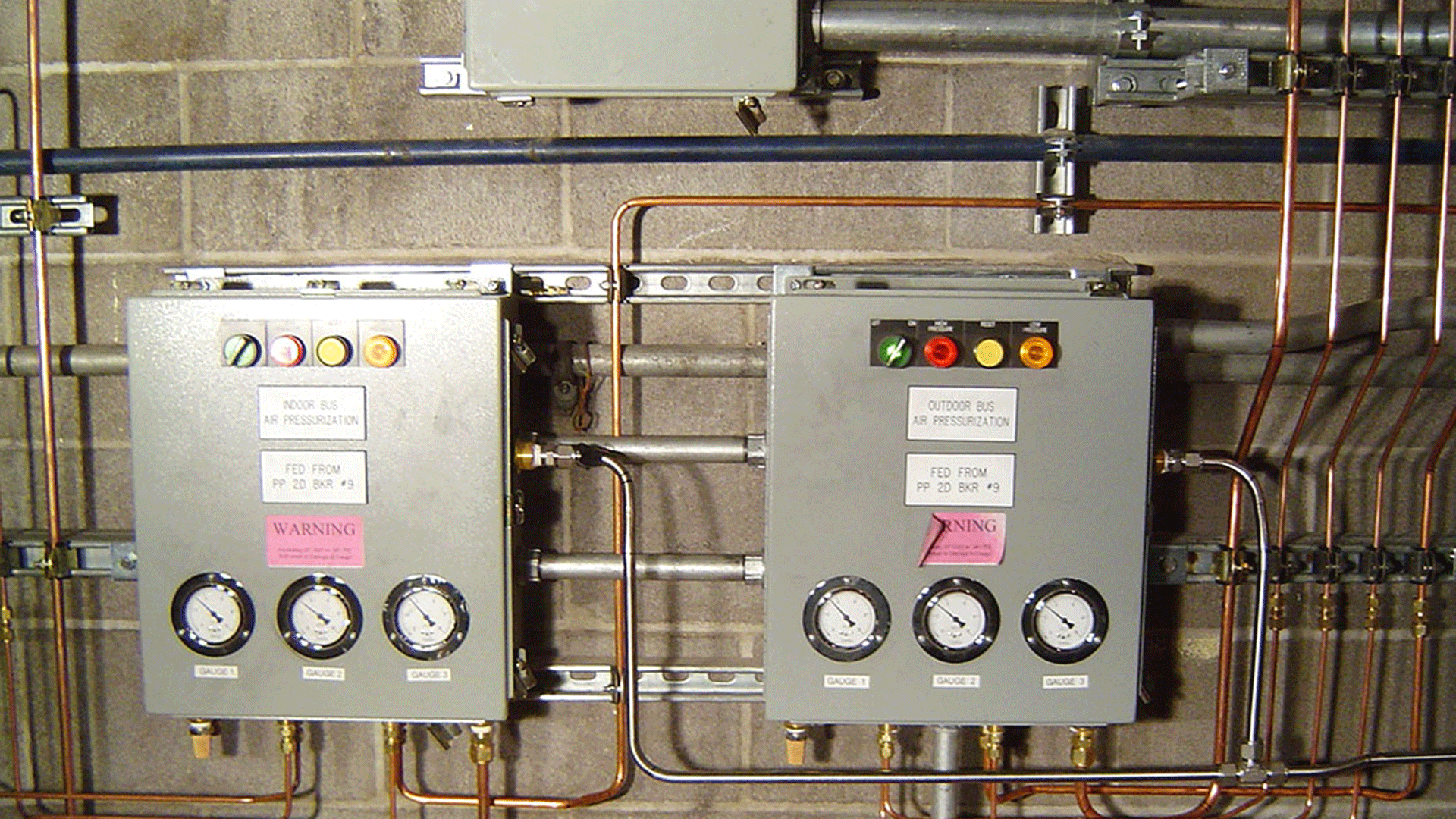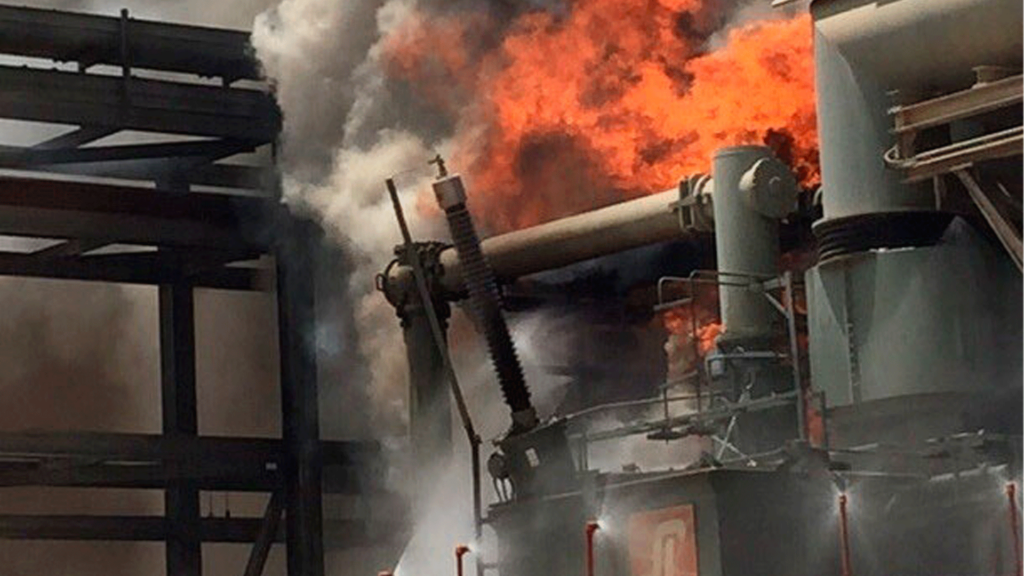Bus system condensation is a common failure mode and occurs when moist warm air comes into contact with a cold surface; it can intensify inside an electrical bus system due to many factors. Issues with bus duct moisture control can result from poor installation and design flaws to high-humidity climates or heating system failure. As a result, condensation can creep into bus systems and cause lengthy catastrophic failures.
Problem: Moisture Factors Leading to Accelerated Failures
Most bus systems are prone to moisture accumulation, but combined cycle units are at an even higher risk. Over time, moisture can initiate a corona discharge brought on by sudden ionization of air surrounding the electrically charged conductors in the bus system. This discharge can be accelerated by condensation and the build-up of the created ionized air in the enclosure due to no air movement. This type of critical failure in bus duct moisture control can lead to unplanned outages, expensive equipment replacement, and safety risks to personnel.
Many factors increase the chances of a moisture related failure, and without proper identification, they may evolve into other costly problems. The overall bus duct design can induce failures with areas that lack the ability to shed rainwater. Thermally non-insulated equipment is most susceptible to condensation failures. When the outside panel of the equipment is exposed to cold air, the chilled panels may cause moisture to condense on the interior surfaces. Several design considerations for minimizing this possibility are available. Ventilation can be used to control the entrance of moist air into the duct and to keep the temperature rise below the acceptable design limits.
Many systems rely on sealants that will age and crack, creating pathways for moisture seepage. Geographies with wide day-to-night temperature swings can accelerate condensation in areas without proper ventilation and exhaust. Peaking/Cycling facilities are especially at risk due to frequent shutdowns and downtime, inducing moisture accumulation.
The solution for Bus Duct Moisture Control: Expel Moisture to Prevent Breakdowns
Avail’s proven bus duct moisture control expels moisture from the bus system, reducing the chance of destructive discharges that result in unplanned downtime and unexpected costs. Our design keeps contaminants and dust from entering the system while dry air helps decrease moisture related faults and minimizes potential failures. Custom engineered and installed, Avail’s condensation control is a highly engineered solution that is available as a complete turnkey option for any power generation strategy. Avail offers retrofit condensation control solutions that reduce the likelihood of potentially multiple failure points found in poorly designed and maintained bus duct systems.
Avail provides engineering, design, manufacturing, and installation services to pinpoint possible condensation criteria that can impact the bus system. Experienced technicians assist with every step of the process, including situation and moisture evaluation and expert solution recommendations. Avail Bus Systems are created with exceptional craftsmanship, high-quality materials, and superior design necessary to keep transformers running for as long as possible. All this helps ensure exceptional performance of your high-quality transformers. A properly maintained bus system effectively prevents condensation failures and ensures safe, reliable, and optimally efficient bus system operation.
To learn more about our products and services, visit Avail Bus Systems and Avail Bus Services, or follow us on LinkedIn.














